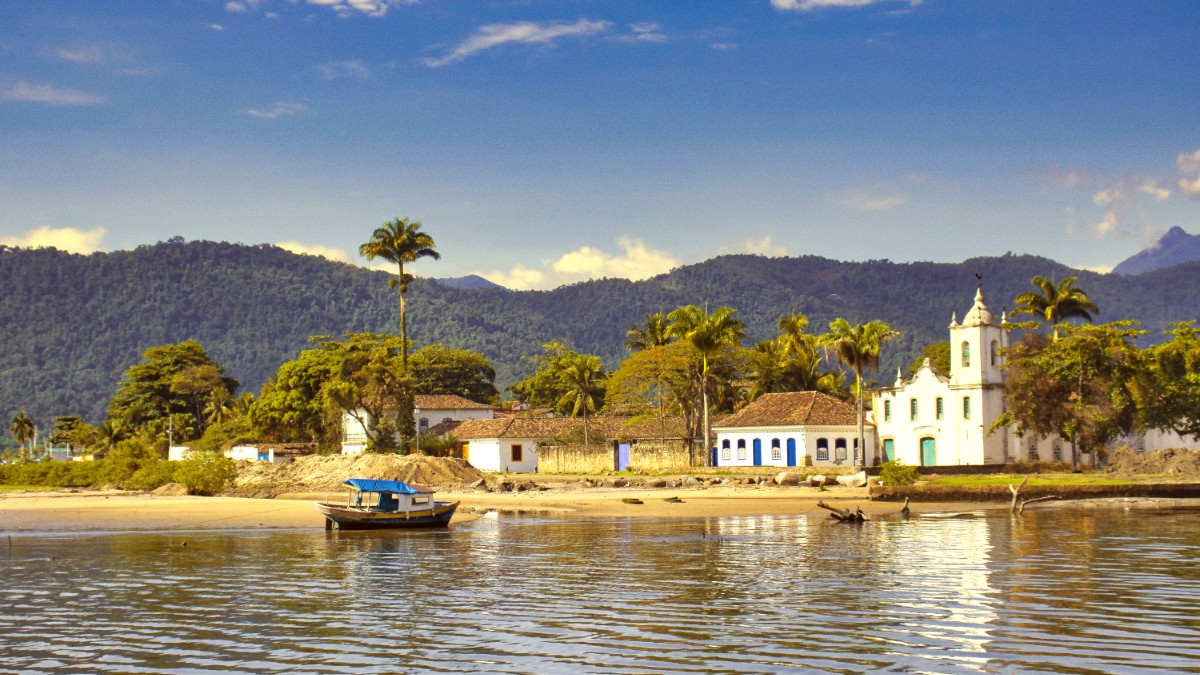
The Southeast, Brazil
Brazil operates a visa-waiver program for citizens of many countries, including most South American nations, European Union member states, the United Kingdom, Canada, Australia, Japan, and the United States. For citizens of the United States, Canada, Australia, and Japan, a visa waiver was reinstated from April 10, 2024. This means a visa is not needed for tourist stays up to 90 days.
For other nationalities not on the visa-waiver list, an e-Visa or a traditional visa may be a prerequisite. E-Visa applications proceed online through the official Brazilian government portal. Traditional visa applications occur at a Brazilian embassy or consulate in your home country prior to travel.
No general entry fees apply for tourists to Brazil. Upon arrival at an international airport, proceed to immigration control. Present your valid passport. The officer may ask to see your return ticket or accommodation proof. The officer stamps your passport with the entry date and maximum permitted stay. The process is generally straightforward for visa-exempt travelers.
No special permits are generally necessary for standard tourism activities in Paraty, like walking in the historic district, visiting churches, or joining boat tours. However, accessing certain private or protected natural areas might have an entrance fee or require participation in a guided tour.
Yellow Fever Recommendation
Yellow Fever vaccination is suggested for travelers to certain areas of Brazil, especially rural zones or Amazon basin states. Paraty is not typically a high-risk area, but guidelines do change.
Carry your Yellow Fever Vaccine Card as proof, though seldom requested unless arriving from a Yellow Fever-risk country.
Document Copies
Always carry original documents, and keep digital copies on your phone or cloud storage for easy access.
Keep photocopies or digital images of your passport, visa, and other important documents separate from the originals. This assists in case of loss or theft.
Personalized Advice
Consult a travel health professional well before your trip (4-6 weeks prior) to discuss your itinerary and obtain personalized recommendations.
Confirm your routine vaccinations, like Tetanus, Diphtheria, Pertussis (Tdap), Measles, Mumps, Rubella (MMR), and Polio, are current.
The official currency of Brazil is the Brazilian Real (BRL), denoted as R$. Exchange foreign currency at authorized exchange houses or banks. ATMs are widely available, accepting most international cards. Visa and Mastercard are commonly accepted in hotels, restaurants, and larger shops. American Express sees less acceptance. Carry smaller denominations of cash for street vendors or small shops.
A 10% service charge is often added to restaurant bills. If present, no extra tip. Otherwise, 10% is customary for good service. Tipping is not mandatory for taxis; rounding up the fare is a small gratuity. For tour guides, 10-20% of the tour cost, or R$ 20-50 per person per day, is a consideration. Small tips (R$ 5-10) for hotel staff are welcome.
R$ 150-300 (approx. $30-$60 USD) for hostel bed/basic guesthouse, street food/local meals, local bus.
R$ 300-700 (approx. $60-$140 USD) for comfortable pousada, mid-range dining, occasional taxis, organized tours.
R$ 700+ (approx. $140+ USD) for boutique hotel, fine dining, private transfers, exclusive tours.
Hostel Dorm: R$ 50-100; Basic Pousada: R$ 150-300; Mid-range: R$ 300-600; Luxury: R$ 600+.
Street Food: R$ 10-30; Prato Feito: R$ 30-50; Mid-range: R$ 60-120; Fine Dining: R$ 150+.
Paraty is generally safer than Brazil's larger cities, but petty crime, like pickpocketing and bag snatching, can occur. Remain aware of your surroundings, especially in crowded areas or at night.
Avoid displaying expensive jewelry, electronics, or large amounts of cash. Use ATMs in well-lit, secure locations, preferably inside banks or supermarkets during business hours. Do not resist if someone attempts to rob you; your safety outweighs your belongings.
A comprehensive Travel insurance policy is a strong consideration for any trip to Brazil. Read policy details carefully to understand coverage and exclusions.
Transportation and attraction costs vary. Be aware of peak season price surges.
Taking common-sense precautions is always a good approach for a healthy journey.
Recommended if traveling to other parts of Brazil, especially rural areas or Amazon states.
Suggested for all travelers, transmittable through contaminated food/water or bodily fluids.
For those eating outside major restaurants, in rural areas, or with adventurous eating habits.
Drink only bottled or filtered water. Avoid tap water for drinking and brushing teeth.
Exercise caution with street food; select vendors with high turnover, good hygiene, and freshly prepared items. Wash your hands frequently with soap and water or use an Alcohol-based hand sanitizer, especially before eating.
Carry over-the-counter Anti-diarrhea medication (e.g., Loperamide) and rehydration salts. If symptoms persist or become severe, seek medical attention.
Ice in reputable hotels and restaurants typically uses purified water. Exercise caution with ice from street vendors. Consume fruits and vegetables you can peel yourself, or confirm raw produce has a thorough wash with purified water.
Use high-SPF Sunscreen (minimum SPF 30, broad-spectrum).
Wear a Wide-brimmed hat for head and face protection.
Good quality Sunglasses are a must for eye comfort.
A well-stocked personal health and wellness kit addresses minor issues and keeps you comfortable.
Staying connected and powered up considers Brazil's specific power outlets and mobile network. Brazil mainly uses Type N sockets (three round pins).
Bring a Universal travel adapter with USB ports. Paraty typically operates on 127V. Confirm your devices are dual voltage (100V-240V). A Voltage converter is usually not needed.
Most unlocked GSM phones work. Local SIM cards are available from Claro, Vivo (best coverage), and TIM. An ESIM for Brazil offers immediate connectivity.
A Waterproof camera (GoPro Hero 12 or Action camera) is good for water activities. A Compact mirrorless or DSLR for general photography. A Dry bag safeguards electronics.